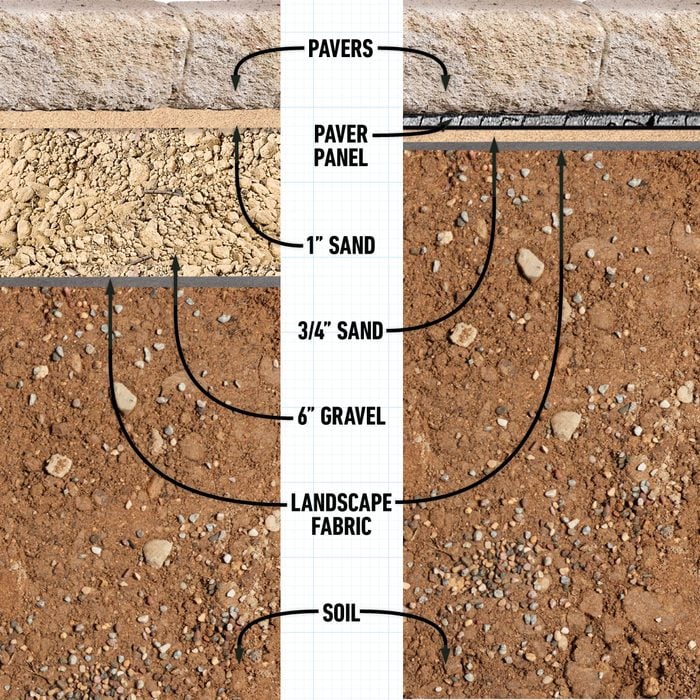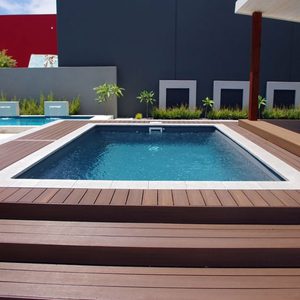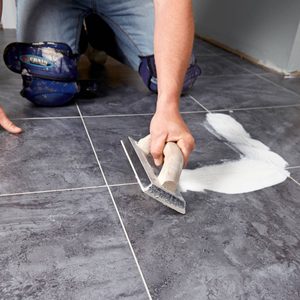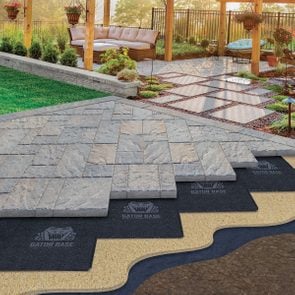Search Results for: voles
How to Install a Paver Patio Base
A traditional base for an 11 x 13 paver or stone patio involves digging up and hauling out about six tons of dirt, and then bringing in the same amount of gravel. But, in some situations, you can save about half of that hassle by using plastic paver base panels for your patio.
What Is Paver Base Patio?
“A plastic paver base offers several benefits over gravel,” says Jay Sanders, contractor and owner of Castle Dream Construction. “Firstly, it’s lightweight and easier to handle, making the installation process quicker and less labor-intensive. Additionally, plastic bases provide excellent stability and drainage, ensuring the longevity of your paver project.”
Paver patio base panels are made from lightweight high-density polypropylene. The panels typically have tongue-and-groove or shiplap edges to keep the panel edges flush with one another. You may wonder how a thin plastic mat can effectively replace a 6-inch-deep layer of compacted gravel. The answer is that the panels spread out the load, so the weight of a person walking on the patio is distributed more widely. Distributing the load puts less pressure on the soil and prevents the paver bricks from becoming uneven.
Paver patio base panels also have built-in channels and holes to drain water to the sand layer below. Studies from independent engineers have concluded that the panels are equivalent to a compacted gravel base for load distribution and superior for thermal resistance.
Traditional Patio Base vs. Paver Base Patio Panels:










